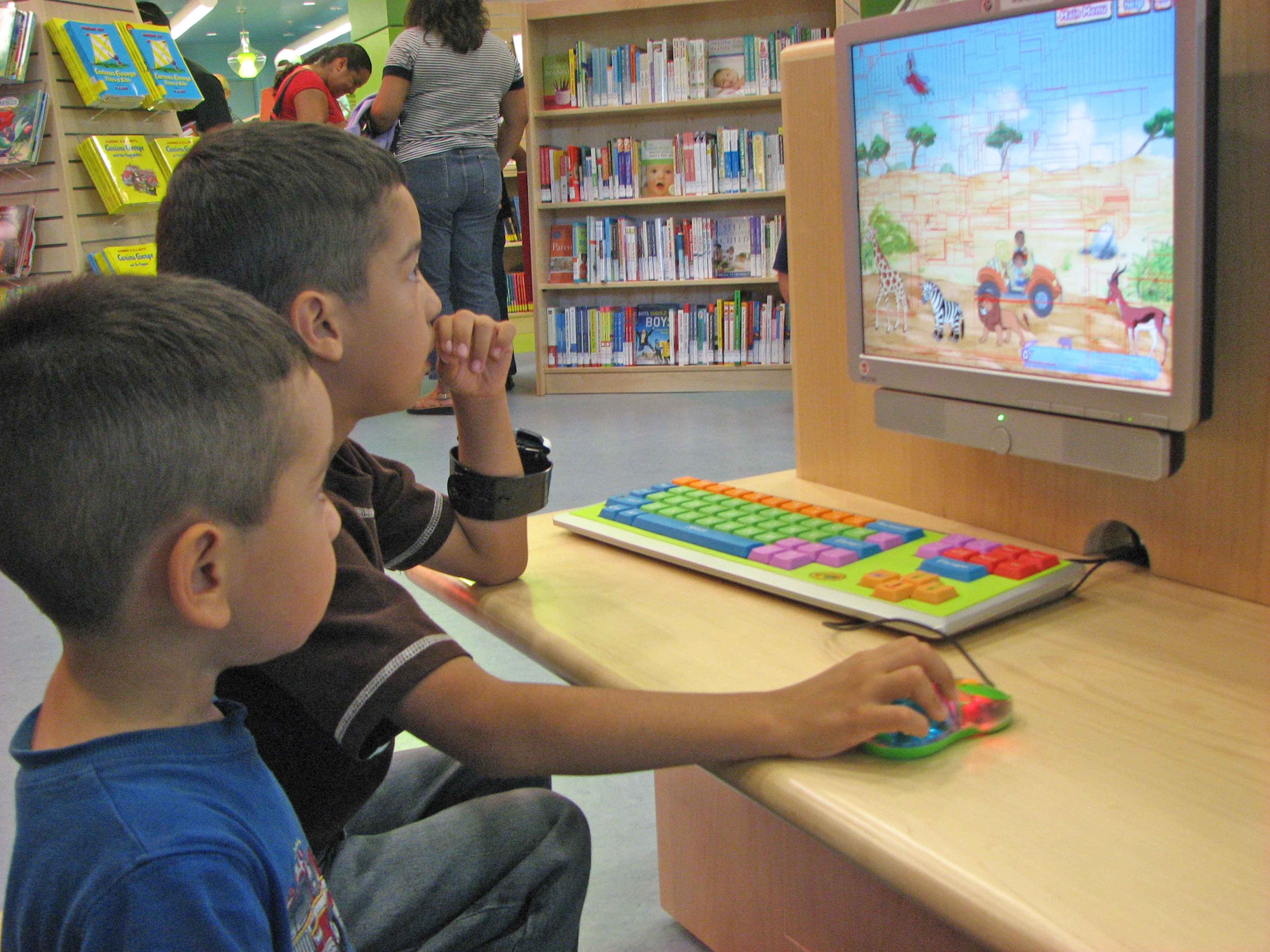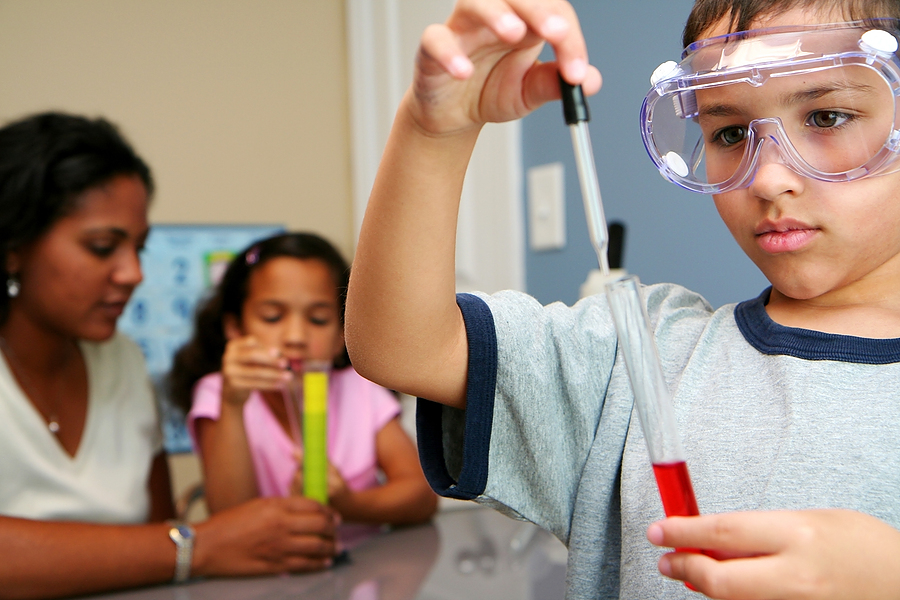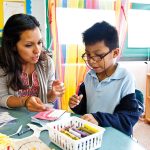Transforming Education: The Impact of Technology in the Classroom

In an era defined by rapid technological advancements, the integration of technology into education has become a transformative force. From interactive learning platforms to virtual classrooms, technology is reshaping the landscape of education, offering both students and educators innovative tools to enhance the learning experience. This article explores the multifaceted impact of technology in education and how it is revolutionizing the way we teach and learn.
1. Digital Learning Platforms:
- Accessibility: Technology has made education more accessible, breaking down geographical barriers and providing learning opportunities to individuals across the globe.
- Customized Learning: Digital platforms offer personalized learning experiences, allowing students to progress at their own pace and catering to different learning styles.
- Interactive Content: Engaging multimedia content, including videos, simulations, and interactive quizzes, enriches the learning process and captures students’ attention.
2. Virtual Classrooms and Online Learning:
- Flexibility: Online learning provides flexibility in terms of scheduling, making education more adaptable to individual needs, especially for non-traditional students.
- Global Collaboration: Virtual classrooms enable students to collaborate with peers worldwide, fostering a sense of global community and cultural exchange.
- Resource Accessibility: Online resources and e-books make learning materials more readily available, reducing the reliance on traditional textbooks.
3. Educational Apps and Games:
- Gamified Learning: Educational games make learning enjoyable, turning complex concepts into interactive and fun experiences, promoting active participation.
- Skill Development: Educational apps target specific skills, from language acquisition to critical thinking, providing a diverse range of tools to support holistic development.
- Real-World Application: Certain apps simulate real-world scenarios, allowing students to apply theoretical knowledge in practical contexts.
4. Artificial Intelligence (AI) in Education:
- Adaptive Learning: AI algorithms analyze individual learning patterns and adapt content delivery to cater to each student’s strengths and weaknesses.
- Automated Assessment: AI-powered assessment tools streamline the grading process, providing instant feedback to both students and teachers.
- Personalized Recommendations: AI systems offer personalized learning paths and recommendations based on a student’s progress and preferences.
5. Augmented Reality (AR) and Virtual Reality (VR):
- Immersive Experiences: AR and VR technologies provide immersive learning experiences, transporting students to historical events, distant planets, or microscopic organisms.
- Enhanced Understanding: Complex concepts become more tangible and easier to comprehend through augmented and virtual reality simulations.
- Field Trips Redefined: Virtual field trips allow students to explore places they might not have the opportunity to visit physically.
6. The Flipped Classroom Model:
- Student-Centric Learning: The flipped classroom model encourages students to engage with instructional content at their own pace outside of class, allowing class time to focus on interactive discussions and problem-solving.
- Increased Interaction: Technology facilitates real-time communication between students and teachers, fostering collaborative learning and dynamic classroom interactions.
Conclusion:
As technology continues to evolve, its role in education becomes increasingly integral. From personalized learning experiences to global collaboration and immersive simulations, technology is redefining the possibilities within the educational landscape. The key lies in leveraging these technological tools thoughtfully, ensuring they enhance, rather than replace, the fundamental aspects of effective teaching and learning. Embracing the synergy between technology and education holds the promise of creating a more dynamic, inclusive, and accessible learning environment for the generations to come.











